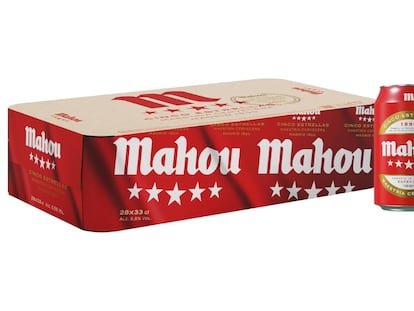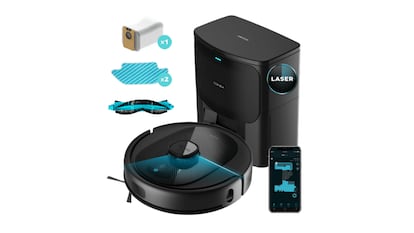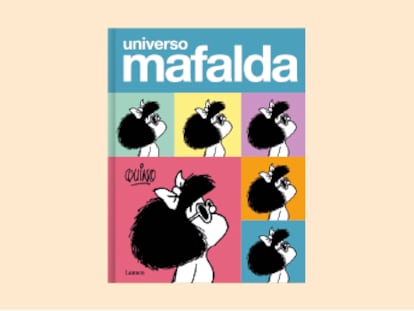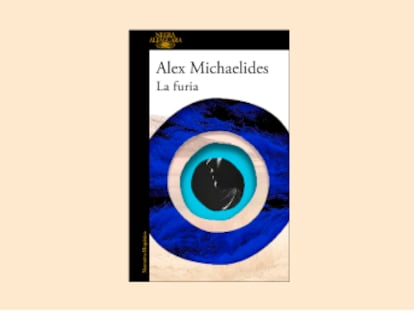Cutting CancerˇŻs Communication Lines
When you have a message, you can shout it out loud. That is what cancer cells do. When a tumour grows, it needs more oxygen and nutrients. So, it starts asking for help from nearby blood vessels. This call for help comes in the form of proteins that are secreted by the cancer cells and can bind and activate the capillaries to start sprouting towards them. Another message the tumour wants to deliver is: ˇ®Do not attack me, I am harmlessˇŻ. This protein-message is for the immune system. The message can convince the patrolling immune cells that the inflammation and tissue injury, that inevitably goes together with tumour growth, is nothing to worry about.
That is how we thought cancer cells communicated. Smart, because they achieve what they want. But, it is also not so smart, because, like shouting out loud, you only reach the neighbours (which, in most cases, are not your target audience); beyond the neighbours, the signal rapidly fades away. Recently, it has become clear that tumours are a lot smarter than we thought.
Almost half a century ago, researchers noticed tiny water-filled bubbles inside the blood stream. They were very small, about a hundred times smaller than a cell, nevertheless, they looked remarkably similar to cells. Almost everything you can find inside a cell could be found inside these bubbles, and the surface of the bubbles looked the same as the surface of cells. They were named ˇ®cellular dustˇŻ. Perhaps they stemmed from injured cells, such as where a part broke off, perhaps it was some form of waste management. No one really knew, and they were considered to be not very important. Not until recently, that is.
The bubbles turn out to be messages: advanced multimedia messages for long-distance communication to a specific audienceˇŞand cells secrete them on purpose. These bubbles bud off from a part of the cell surface, are decorated with proteins, and specific molecules are packed inside.
The proteins on the surface can function as zip codes, to reach the intended cell audience. The mix of molecules (proteins, ribonucleic acids, and lipids) on the inside can deliver a very complicated message. The fact that these molecules travel within the bubble, ensures that the complex message stays together in a fixed ratio. Such a message can change the recipient cell at all levels. It can modify DNA, change protein expression, rewire signalling pathways and ultimately change the complete cell behaviour.
This communication channel is used by all cells. There is a constant twittering in our blood. Several million messages exist in a single milliliter of blood. When disease strikes, however, the number increases dramatically, and, in cancer patients, this increase is seen. Cancer cells communicate with blood vessels and the immune system, but these messages can also prepare tissues for metastasis. And naturally, the changes in the recipients lead to messages that are sent back in response. Reading these messages could be an important factor in diagnosing patients and determining their prognosis, similar to the ˇ®top tweetsˇŻ and ˇ®trending topicsˇŻ on twitter.com (social networking tool).
Given the fact that this communication line is so important for tumour growth and metastasis, interfering with this message system at some point along the line could lead to a novel cancer therapy. We could, for example, overrule the zip code on the surface of the bubbles and mark the message for destruction by the liver. Or, we can change the message by taking specific molecules out of the bubble or bringing new ones in. We can even use these bubbles as a source of inspiration ¨C to make drugs that specifically find their target in the body. When we are able to understand more precisely which surface characteristics guarantee the delivery of the contents to a specific site, we should be able to make artificial messages filled with drug molecules that prevent blood vessels from nourishing the tumour, activate the immune system to attack the cancer cells, or block the preparation of distant tissues for metastasis.
This discovery opens up a new way of thinking of cancer as a communication crisis. Deciphering the messages could help us identify what is wrong. Adding, changing or removing messages could be a new concept in therapy.
Tu suscripci¨®n se est¨˘ usando en otro dispositivo
?Quieres a?adir otro usuario a tu suscripci¨®n?
Si contin¨˛as leyendo en este dispositivo, no se podr¨˘ leer en el otro.
FlechaTu suscripci¨®n se est¨˘ usando en otro dispositivo y solo puedes acceder a EL PA?S desde un dispositivo a la vez.
Si quieres compartir tu cuenta, cambia tu suscripci¨®n a la modalidad Premium, as¨Ş podr¨˘s a?adir otro usuario. Cada uno acceder¨˘ con su propia cuenta de email, lo que os permitir¨˘ personalizar vuestra experiencia en EL PA?S.
En el caso de no saber qui¨¦n est¨˘ usando tu cuenta, te recomendamos cambiar tu contrase?a aqu¨Ş.
Si decides continuar compartiendo tu cuenta, este mensaje se mostrar¨˘ en tu dispositivo y en el de la otra persona que est¨˘ usando tu cuenta de forma indefinida, afectando a tu experiencia de lectura. Puedes consultar aqu¨Ş los t¨¦rminos y condiciones de la suscripci¨®n digital.




































































